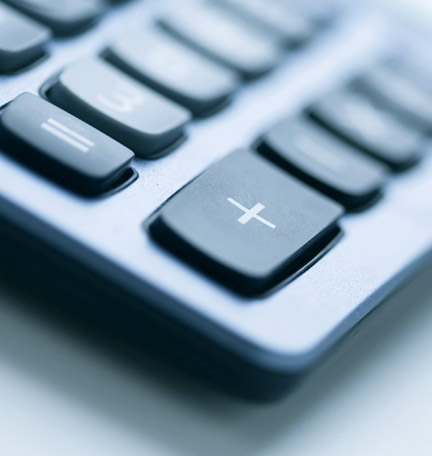Online and mobile banking security
We work every day to make our online and mobile banking[1] products and services safe and secure.
Regions is committed to safeguarding your financial information and will always verify your identity and protect against unauthorized access to your accounts.
We work every day to make our online and mobile banking[1] products and services safe and secure.
- We use the latest technology to ensure the security and confidentiality of your information. Advances in security technology occur frequently, and Regions continually evaluates our security environment to ensure that it provides the privacy and safety for our customers. Our Privacy & Security pages outline the steps we take to keep your information secure.
- We utilize multi-factor authentication to verify your identity when you log in. Regions uses multi-factor authentication (MFA), such as one-time codes (OTC) to protect your accounts. If Regions systems detect a new device or an unusual pattern with your login, you may be presented with an OTC challenge that you must pass before being allowed to log in. We will send a one-time code to an email address or compatible phone number we have on file. You must enter this code before being allowed to continue logging in to your online or mobile banking account.
- We carefully protect your privacy. We will not sell or share your personal information with outside companies that want to sell you their products or services. The Regions Privacy Pledge explains your privacy rights and how we protect your confidential information.
- We utilize secure sessions. To prevent unauthorized access to your online or mobile banking accounts when you’re not using your computer or mobile device, your online or mobile banking session automatically signs off after 10 minutes. It is best to sign off or close your browser after completing your online or mobile banking session.
How to protect yourself
- Safeguard your username and password. Never share your username or password with anyone. Do not save your password in your browser.
- Use trusted devices. Avoid using public computers or public wireless access points for online banking and other activities involving sensitive information when possible.
- Never share your security questions and answers. If you attempt to login to your Regions account through a third-party aggregator application, you will be prompted with one of these questions. You must answer correctly before logging in, which helps to prevent unauthorized individuals from accessing your account.
- Keep antivirus software up to date and install regular system updates. This will help protect your computer from being vulnerable to viruses that might compromise your information. Read more on this topic.
- Review your account statements every month. If you find a transaction that you did not authorize, you must promptly report it to us.
- Contact Regions if your login credentials have been lost or stolen. If you believe that your username and password have been lost or stolen, call us at 1-800-472-2265. Also, if you receive an email asking you to provide your Regions username, password, Social Security number or any other personal information, please contact us immediately. We will never ask for your personal information through an email. We also ask that you forward the suspicious email to phishing@regions.com.
Mobile device precautions
No mobile or online banking platform or wireless data transmission system can be guaranteed to be absolutely secure and invulnerable to breach or compromise. However, following these tips can mitigate risk and help protect you against fraudulent activity.
- Understand today’s reality. Mobile devices are essentially small computers that need to be secured like a PC or laptop.
- Keep it safe. Maintaining physical control of your device is the first way to prevent abuse.
- Keep it updated. Set your device to install app and system updates automatically if possible. These updates often include security fixes.
- Use your security features. Use a passcode or PIN to help protect your device. Enable remote wipe and location features to help ensure that your personal information is protected if your device is lost or stolen.
- Beware of malicious applications. Use banks’ dedicated apps for secure financial transactions and download apps only from trusted sources like the Google Pay™ and Apple Pay®.
- Avoid links from unknown sources. Don’t click a link from sources you don’t trust, including emails and social media posts. Malicious links could direct you to websites or install applications that compromise your device.
- Use trusted networks. Connecting your device to unknown wireless networks can expose your data. Avoid accessing sensitive information, like banking, if using an unsecured or unknown network. If possible, switch to your cellular data plan[2] for banking and then back to wireless when complete.
- Turn off unnecessary services. Wi-Fi, Bluetooth, location apps, NFC (near field communication) apps and other connection abilities can be disabled to protect your device when you’re not using them.
- Avoid putting your device at increased risk. Gaining system-level access — known as “rooting” for Android™ and “jailbreaking” for Apple® — may provide access to untrusted software or apps not intended for your device that can expose you to greater security risks.
- Encrypt your data. If your mobile device supports it, use encryption to help protect sensitive information.
- Be cautious when granting elevated privileges. When installing applications or external accessories, always inspect the permissions. They will tell you what access the apps/accessories need to function and will also tell you if the application is asking for more permissions than needed.
- Clear data from your smartphone frequently. With Text Banking, your phone will only store the information provided via text message, including your account nicknames, account balances and transaction history. As an extra measure of caution, you can delete the text messages when they are no longer needed.





